Somebody Got Their Hands On A LiveWire One™ And Did Beautiful Things To It
Harley’s first custom LiveWire swept the newsstands a mere month and a half ago when Jens vom Brauck, a man in connection with JVB-Moto customs jobs, tricked out the EV as a limited edition signature bike, wrapping it in a blend of teal and matted black fitments and christening it ‘The Silent Alarm.’
Now, Earle Motors has debuted their LiveWire One™ electric darling on the stage of this year’s first Autopia 2099 – and the amount of work main man Alex put into the machine is staggering.
Alex Earle is a creative gent (he teaches Powersports design at the ArtCenter College of Design in Pasadena), and he’s a bit of a stickler when it comes to the details surrounding his custom LiveWire One™, christened ‘E/MULHOLLAND CUSTOM.’
So why the left-brained label?
“I live near the base of Mulholland Drive, a famous and very curvy road winding from Los Angeles up into the mountains,” explains Earle.
“On weekends, it’s nuts with cars and bikes, but on an evening during the week, nobody is there. It’s like my private road. Unlike an internal combustion bike, the LiveWire One™ is quiet, and smooth, and cool. I can make a run-up Mulholland or Decker Canyon Road, stop at Old Place or the Rock Store. It’s a great escape.”
For the build itself, Earle admits he was picky because this was a different machine than a fossil fuel bike, and it required different needs from the project.
“Initially, this bike was intimidating because it’s electric,” said Earle.
“There’s no exhaust, for example, which is always an easy starting point for customization. And no fuel tank. I had two goals in mind – to consolidate the design and adjust the ergonomics for my own comfort. I want it to fit like a tailored suit.”
Earle decked this particular machine out in composite from a 3D printer (a great option, since we were told that carbon fiber and electricity could create a flammable EV hazard), with the tank cover of the machine dressed in a neat coat of ‘Synthetic Haze.’
“[It’s] a gray-to-blue fade developed during World War II to help airplanes appear less visible in the sky, which lowers the profile of the entire bike,” enthuses Earle.
According to the press release, he also did away with the rear fender and suited up the back end in welded steel.
For the space just below the tank cover, Earle created a new ‘fin’ that could better streamline the bodywork to connect the bike’s front to the seat. “The fins are the same shape as those on the battery case in the center of the bike,” he explains.
Included in the mods was a better fitment of the bike to Earle himself.
“The new tail section and a custom motard-style seat I designed raise the seat height several inches, which is perfect for my six-foot three-inch frame,” he says.
“Saddlemen covered the seat in black leather, and it looks great. I also installed a chrome handlebar that’s lower than stock, chrome because it doesn’t get scuffed up when I transport the bike.”
So what was Earle’s inspiration for this particular bike build?
“Some of the inspiration for this project comes from my students, who show up in class with these computers they have built themselves, and they are liquid-cooled,” says Earle. “People have been hot-rodding motorcycles the same way for 70 years, but how will that happen in the future, when bikes are electric? How will this generation customize a bike? They can 3D print their own parts. They could liquid cool the electronics.”
“I’m hoping this project gets on Instagram and some 17-year-old in Portugal sees it and gets a spark of inspiration. That will be the future of customization,” finishes Earle.
For more information on Earle’s work, be sure to hit up Earle Motor’s official website, drop a comment below letting us know what you think, peek away at the photo gallery, and as always – stay safe on the twisties.

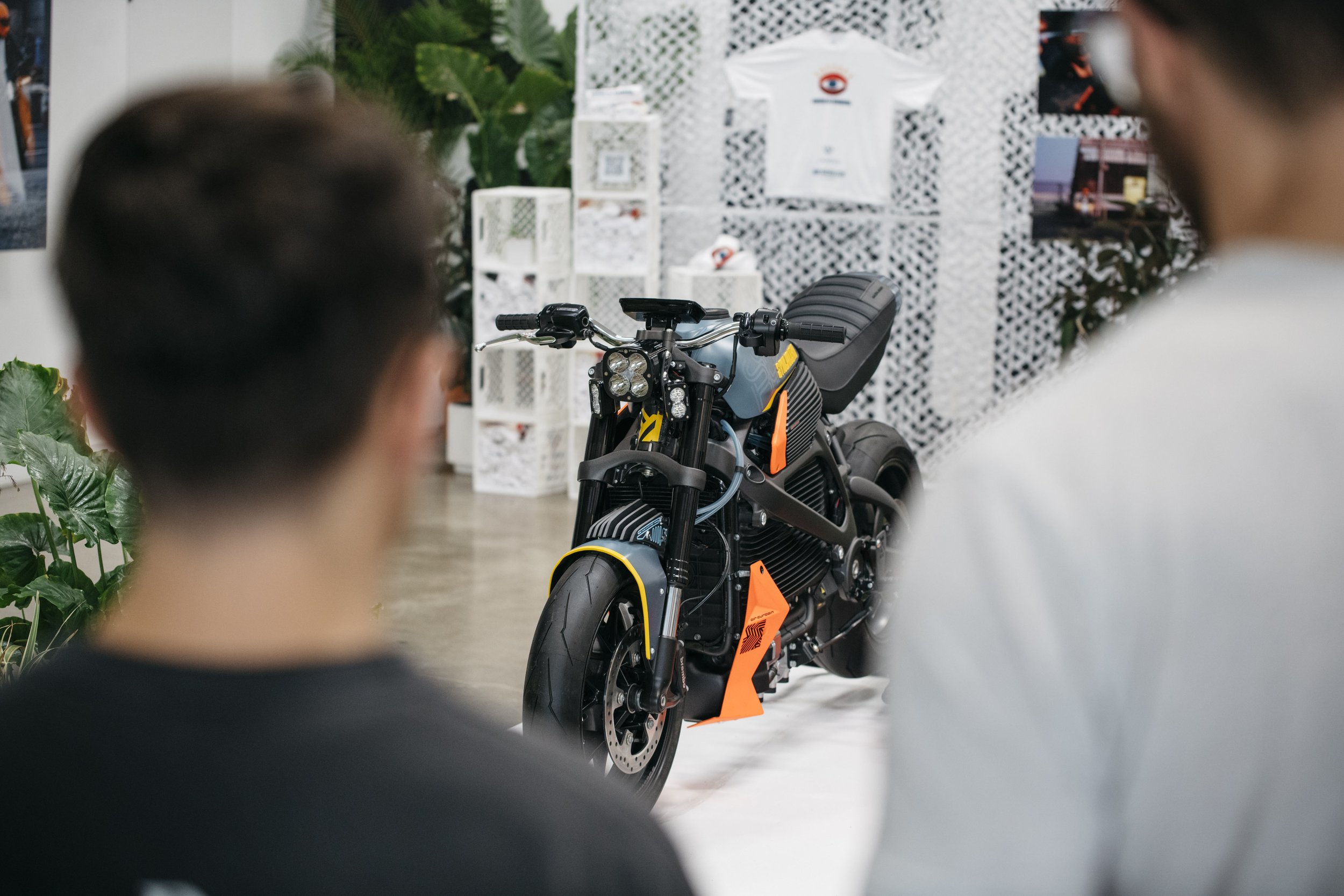
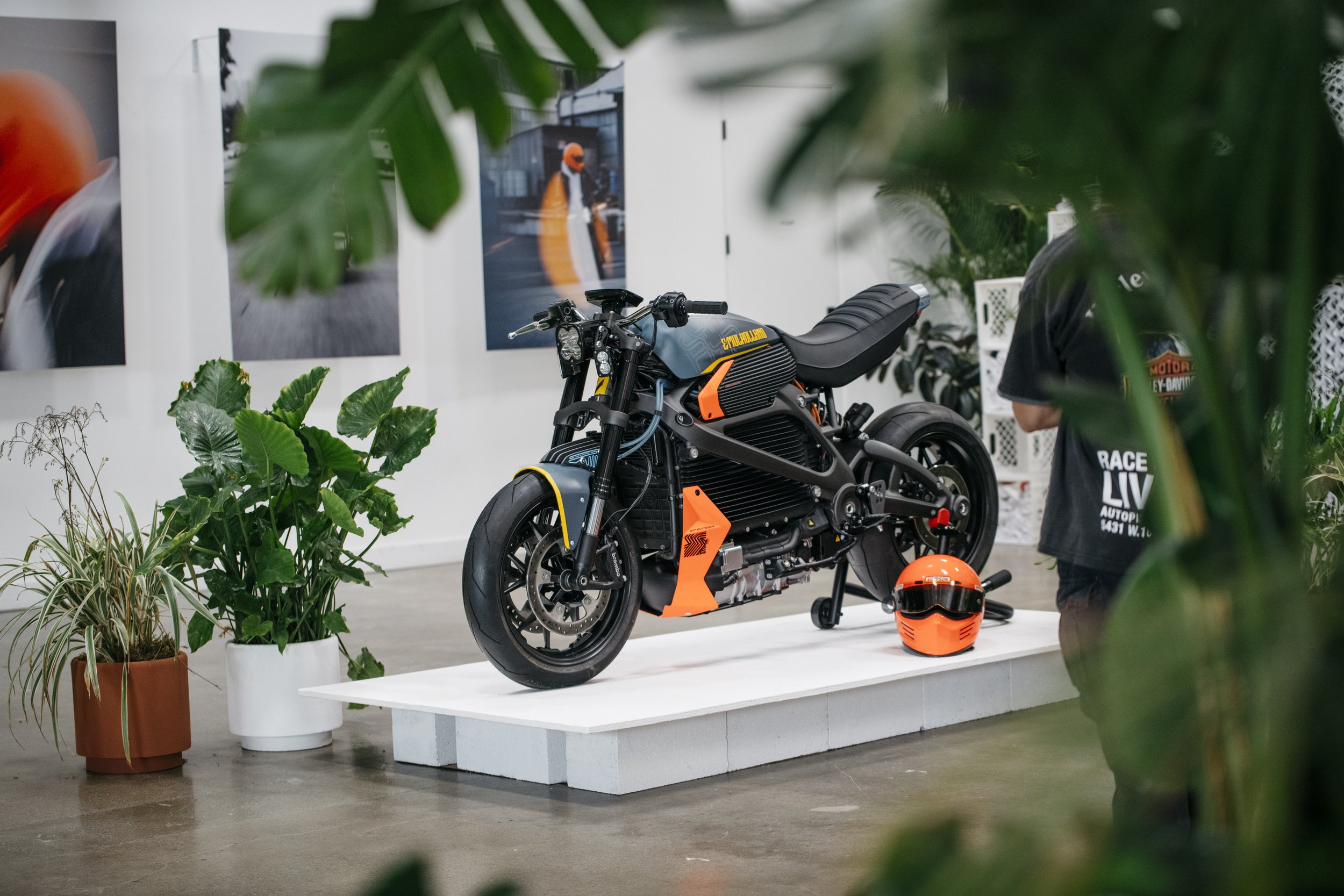
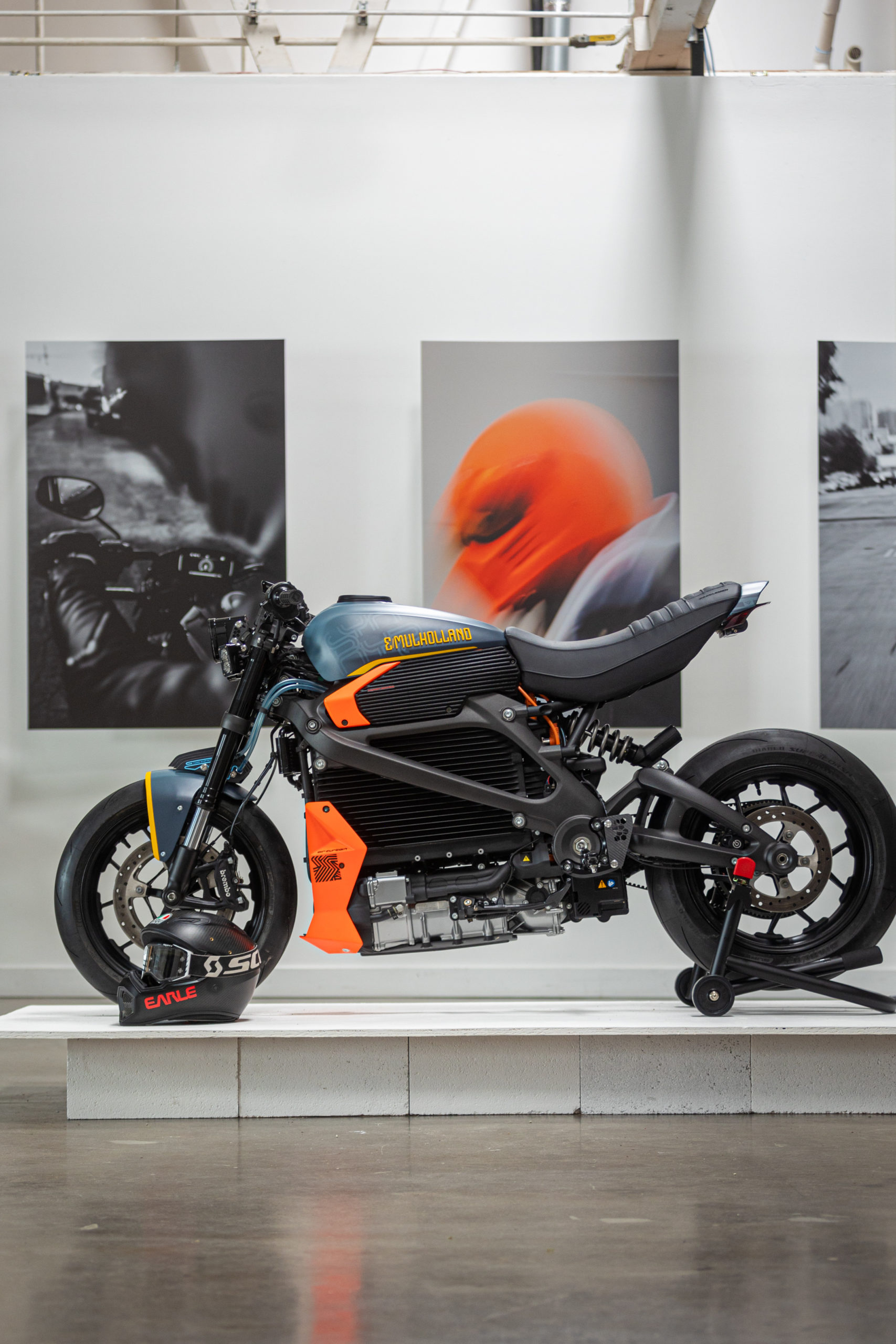
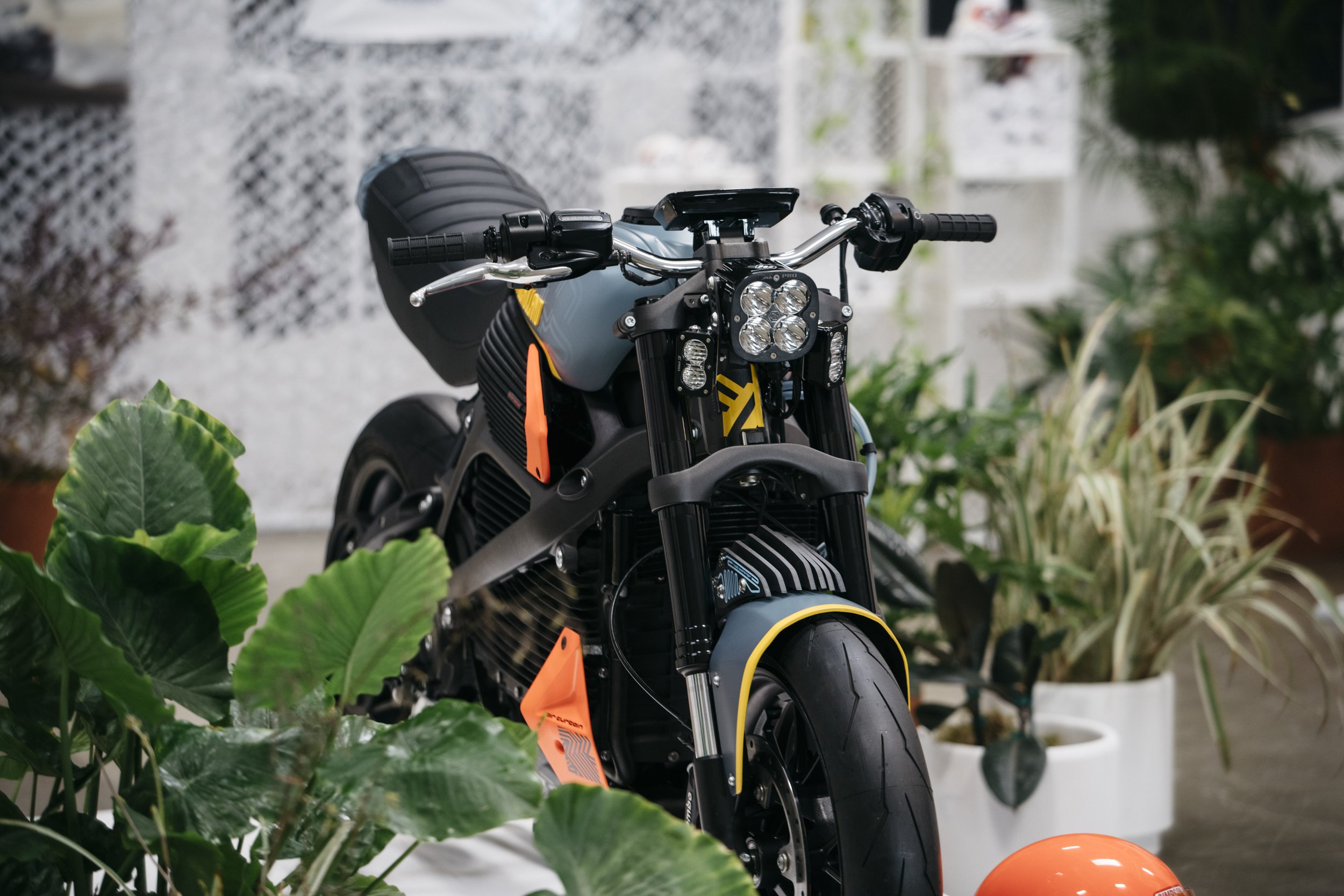
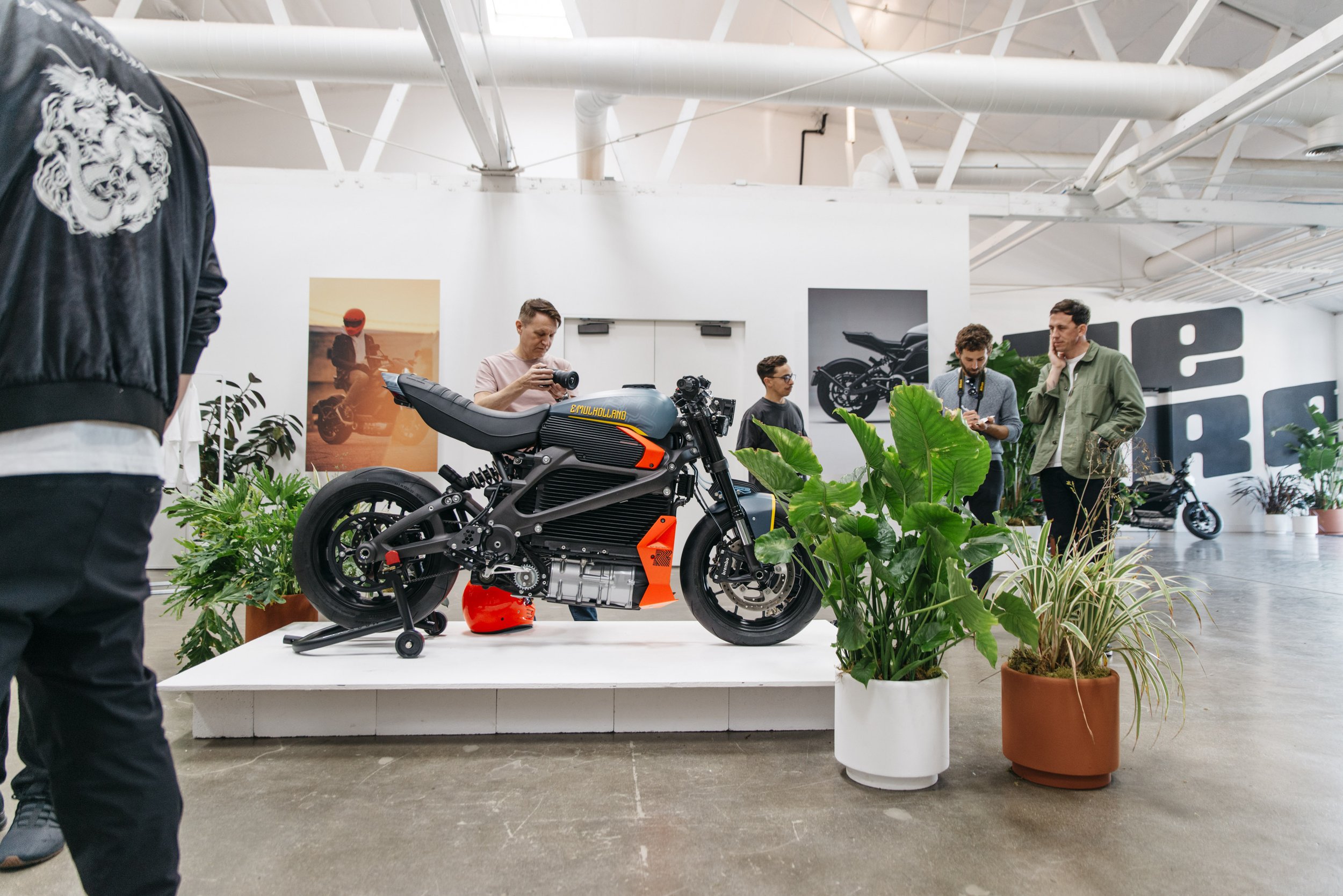
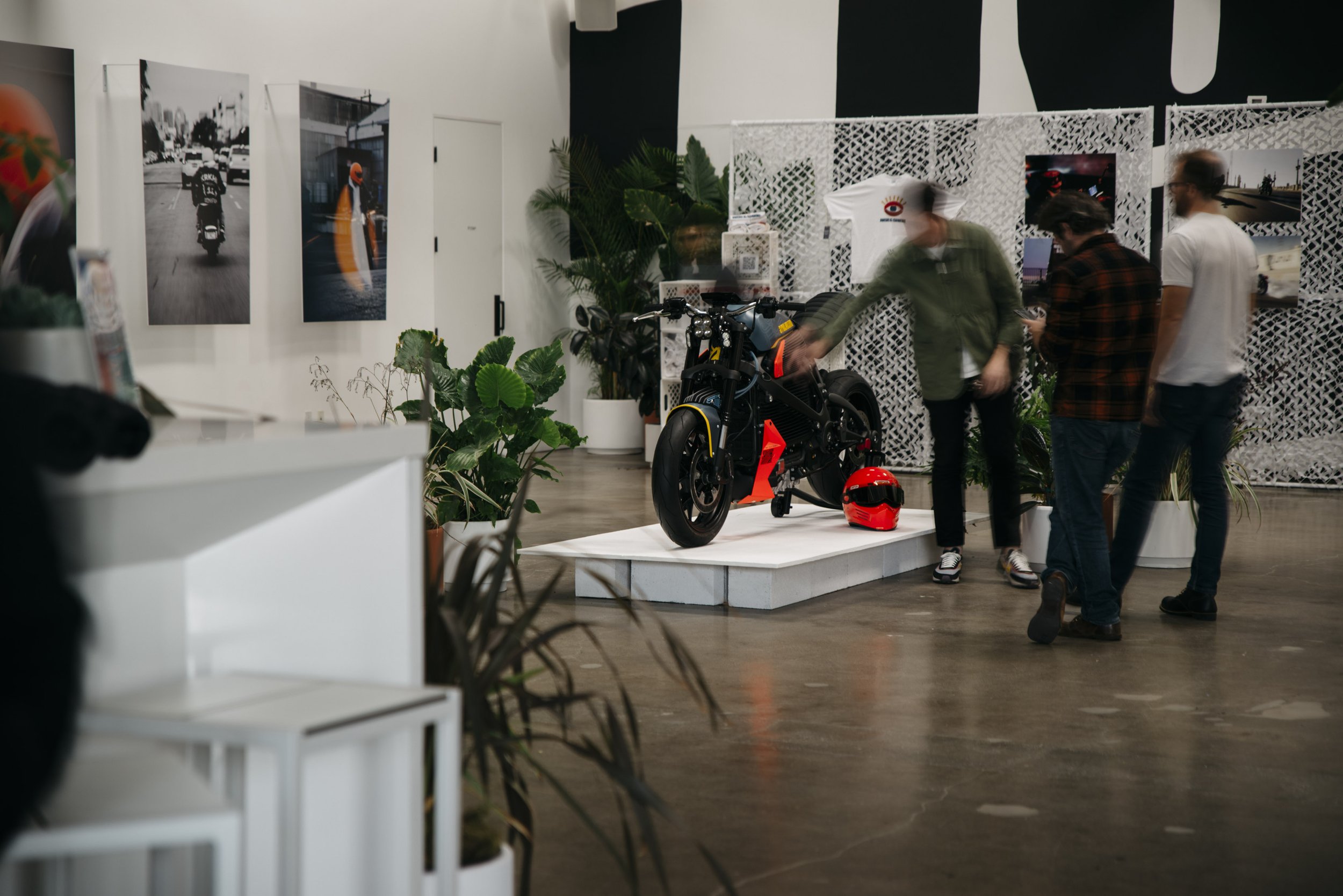
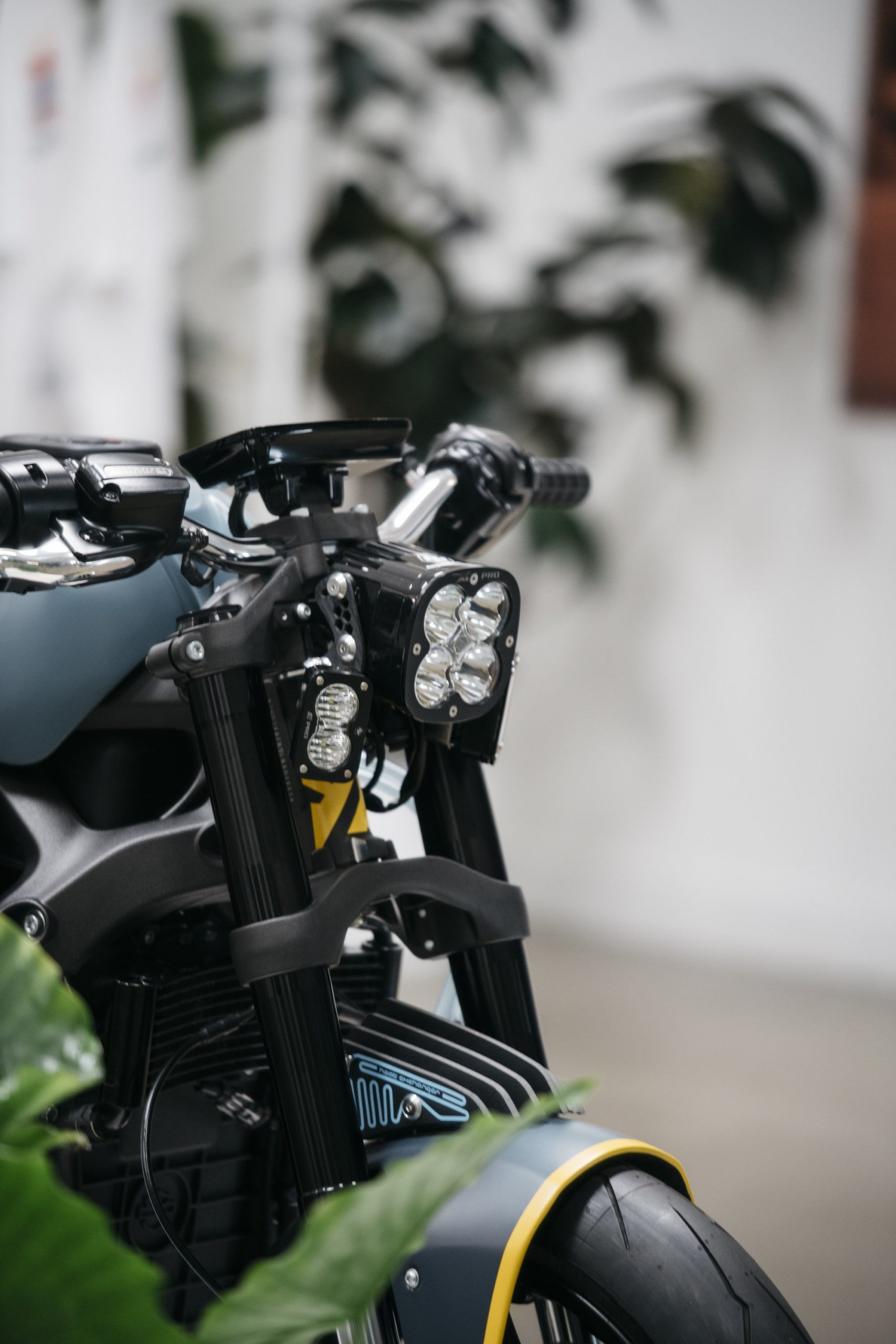

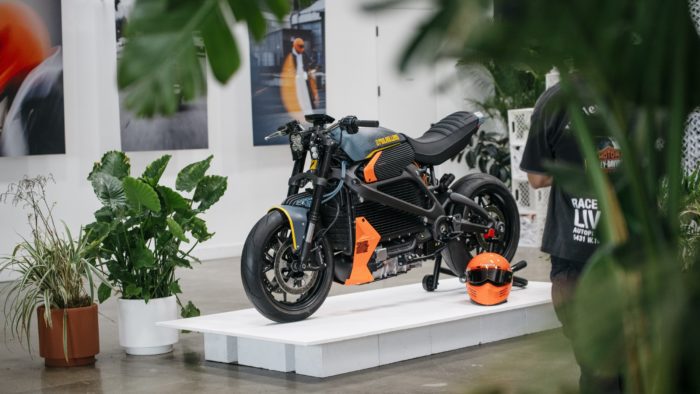
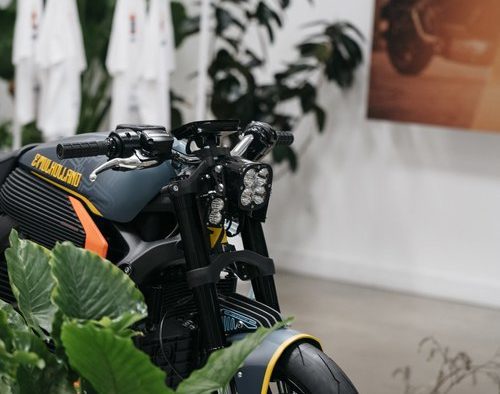

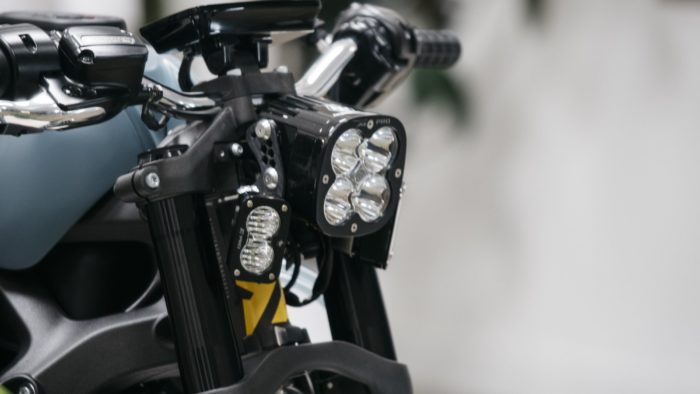
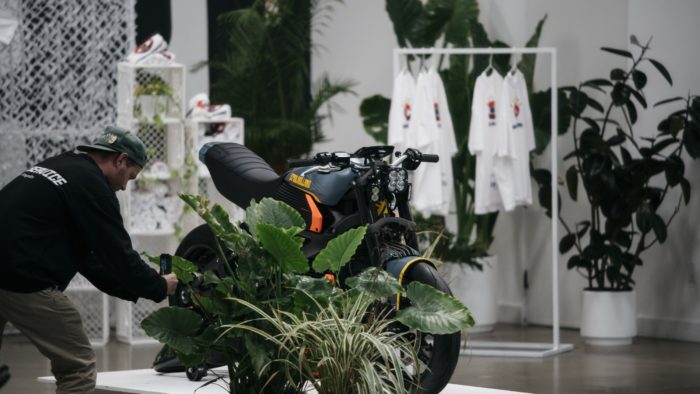


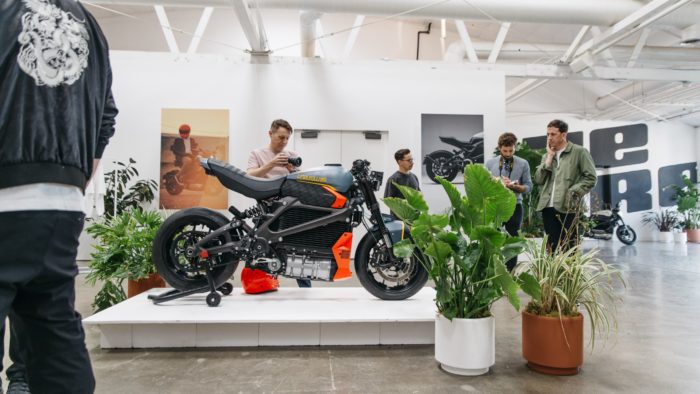

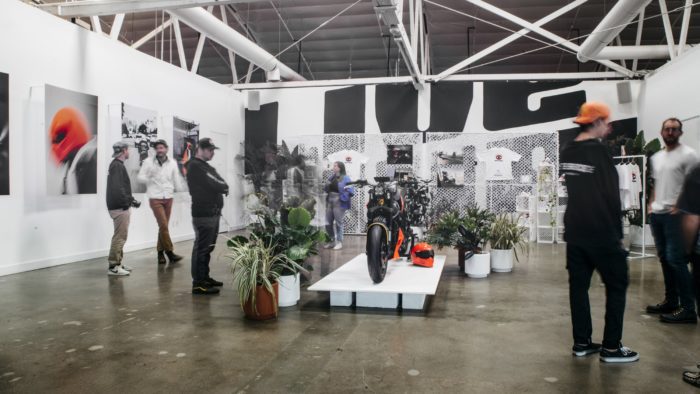
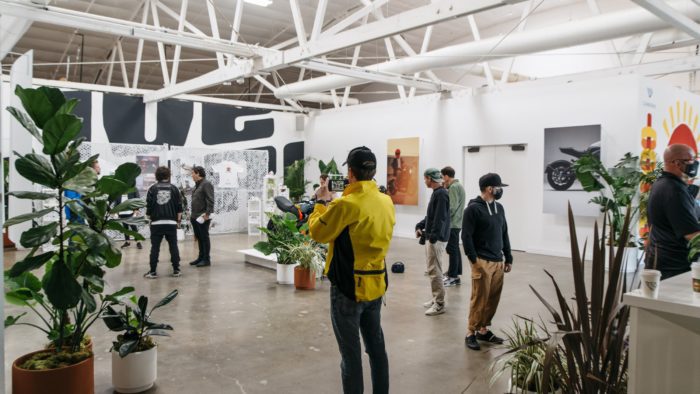

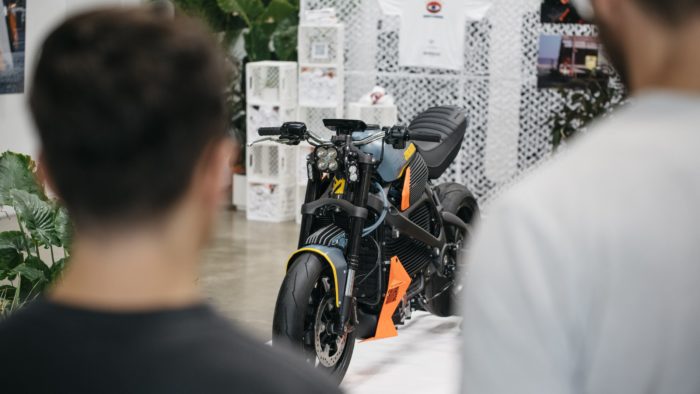

No Comment